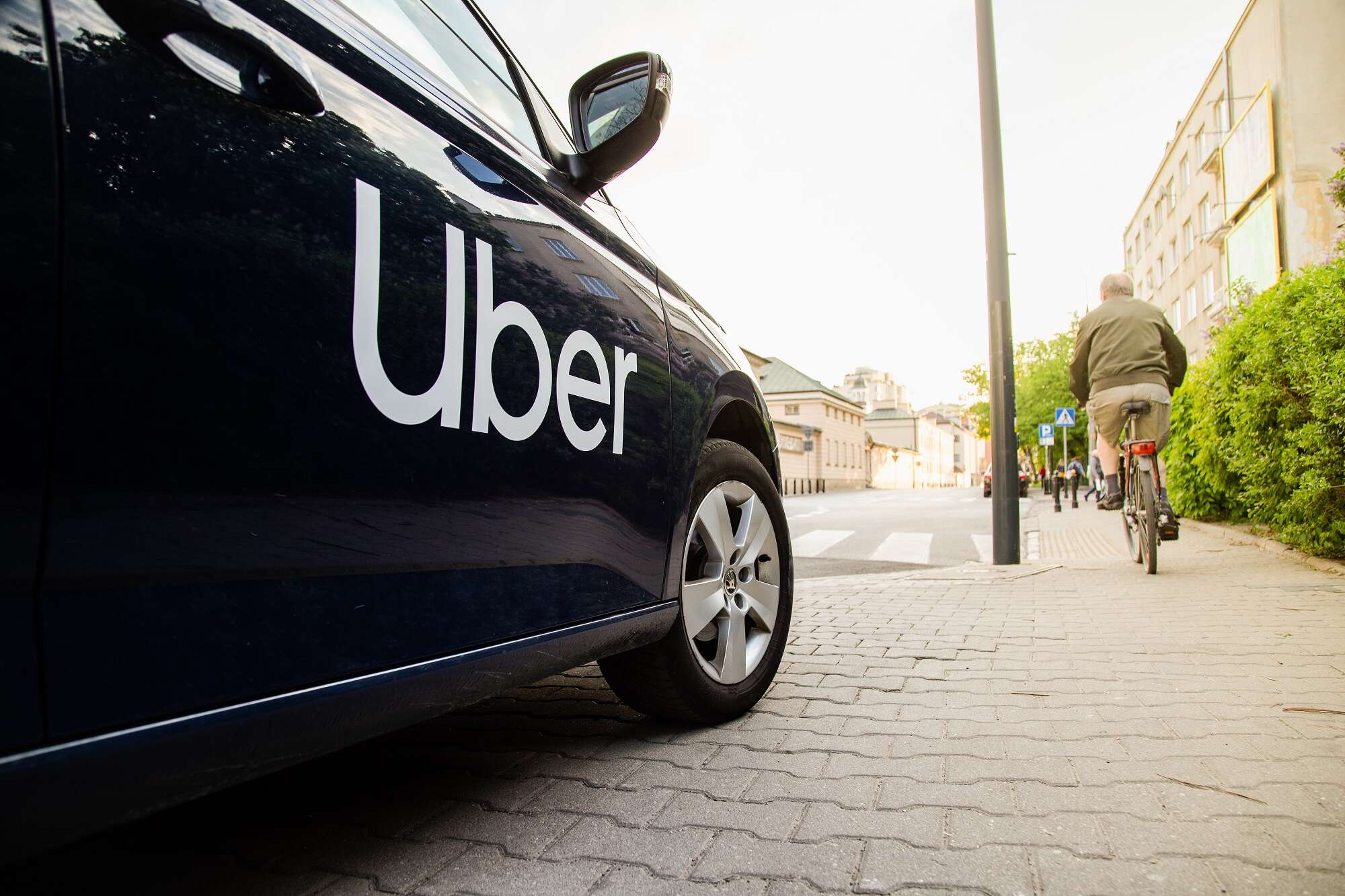
Uber’s traditional ‘ride-sharing’ business took a knock during the pandemic, as lockdowns and other Covid-19 restrictions cratered demand for passenger journeys. But Uber Eats, the company’s food delivery service, has helped make up for that loss in revenue the company revealed this week. And now, it plans to extend its platform further by leasing its technology to public transports systems around the world.
Uber has become a food delivery company
After a $10bn drop in quarterly ride-sharing revenue at the start of the pandemic, from $13.5bn in Q4 of 2019 to $3bn in Q2 of 2020, Uber’s taxi business edged back up to $6.7bn in the three months to December.
Uber Eats, meanwhile, grew from $4.3bn in revenue in the last quarter of 2019 to $10bn in the same period in 2020. The company currently earns more from food delivery than from its original mobility business.
Uber CEO Dara Khosrowshahi and his team will be hoping the company can continue to grow its food delivery income. In July it acquired rival delivery business Postmates for $2.65bn and earlier this month announced the $1.1bn purchase of alcohol-on-demand service Drizly.
The acquisitions will help Uber increase the breadth of its delivery services as well as its market share, but in the US, where it brings home the bulk of its income, it still has some way to go to catch market leader DoorDash.
Uber’s redesigned “super app”, which enables users to book their taxi and order their food delivery on one platform, as well as engage with Uber’s other offerings, will be a key driver to growing market share, Khosrowshahi says.
Speaking to analysts on the company’s earnings call, he said: “We believe our highly engaged consumer base on delivery will drive stronger mobility growth as cities reopen,” he said. “On the flip side, we expect mobility to become an increasingly powerful acquisition channel for our delivery business.”
The future of Uber: helping transit systems ‘recover and rebound’
But Khosrowshahi also revealed that Uber has ambitions beyond its users’ smartphones. During the earnings call, he discussed a potential future role for the company in enabling city-wide transport systems by licensing its technology assets. In July the company announced it had purchased Autocab, the UK-based developer of a platform technology that helps taxi and private hire firms run their businesses, strengthening its infrastructure offering.
[Keep up with Tech Monitor: Subscribe to our weekly newsletter]
“I’m optimistic about the investments that we’re making in other modes of transport and helping the transit agencies of the world recover and rebound, and of powering taxis with our routing, our hail e-hail technology [and] our pricing technology,” Khosrowshahi said. “Putting it all together, I think it adds up to essentially a platform for any kind of transport in your city and a unique platform in terms of the scale and global scope.”
So far, Uber’s forays into public transport have been limited. In June it announced a deal with Marin County in California to offer on-demand transportation on six-seater buses, with the county’s Transportation Authority paying a subscription fee to Uber to appear in the company’s app while continuing to collect all fare revenue. Uber also offers a journey planning feature for public transport within its app.
These could be the first steps in a strategic shift for Uber, and with public transport systems around the world under financial pressure due to a dramatic drop in fare income – TfL, which runs London’s Tube, trains and buses, is thought to have lost £2.4bn in fare revenue during the pandemic – digital solutions could prove an attractive way to cut costs and increase efficiency.
Whether operators will want to work with Uber, a company which has caused controversy in cities around the world due to its working practices is another matter. Increased reliance on Uber is also likely to incur the ire of established taxi operators, which have seen Uber eat up their market share. Analysis by our sister site City Monitor shows that Uber and rival ride-hailing service Lyft accounted for 92% of all trips in New York in June 2020, up from 75% in January, before the pandemic. This is a pattern which has been repeated in other major cities across the US and beyond.
“You’ve heard about transit needing help in terms of tech and in terms of cost-effectiveness,” Khosrowshahi added. “And we want to help. We want to be part of the solution, but it’s also a great opportunity for us.”
Home page photo by Mozco Mateusz Szymanski/Shutterstock.






